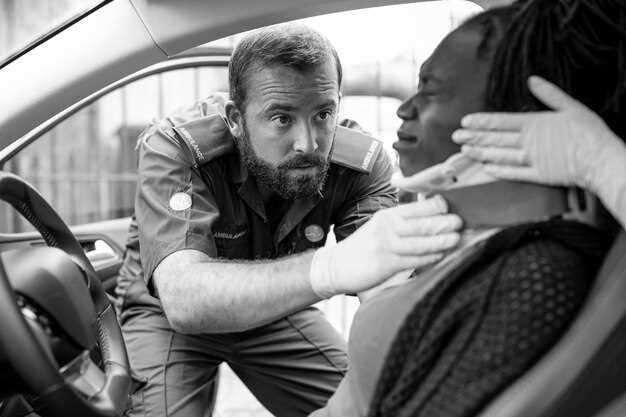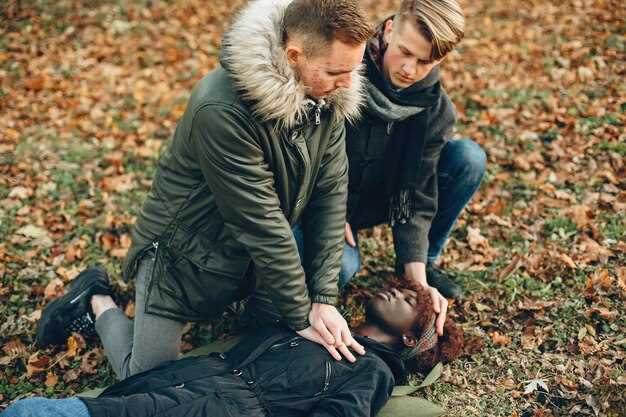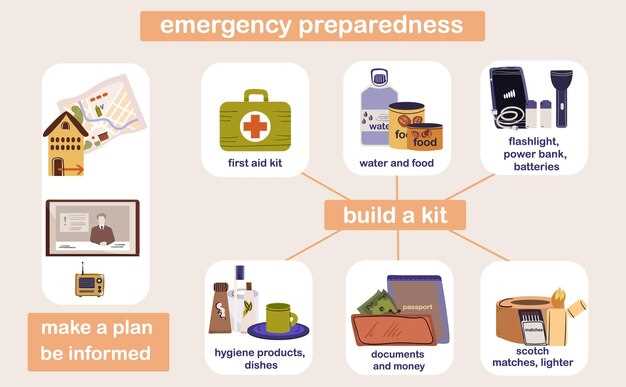
When it comes to riding, whether on a bicycle, motorcycle, or horseback, safety should always be the top priority. Understanding first aid is an essential part of ensuring not only your own safety but also the safety of others around you. Accidents can happen unexpectedly, and being prepared to respond effectively can make a significant difference in the outcome of an injury.
Every rider should arm themselves with fundamental first aid knowledge. This empowers riders to act swiftly and confidently in emergencies, potentially reducing the severity of injuries sustained during a mishap. From knowing how to apply pressure to a wound to understanding the importance of keeping calm, these skills are invaluable on the road or trail.
Moreover, equipping yourself with a basic understanding of safety measures–such as wearing appropriate gear and recognizing the signs of danger–can greatly enhance your riding experience. Being proactive and educated is the best way to ensure that your passion for riding remains a safe and enjoyable adventure.
How to Treat Common Injuries on the Road

Injuries can occur during rides, and knowing how to provide first aid can significantly enhance safety for all involved. Here are some common injuries and their treatment methods.
1. Cuts and Scrapes: Clean the wound thoroughly with water to remove dirt and debris. Apply an antiseptic solution and cover it with a sterile bandage. Monitor for signs of infection, such as redness or swelling.
2. Bruises: For contusions, apply a cold compress to reduce swelling and alleviate pain. Keep the affected area elevated if possible. Over-the-counter pain relief can be helpful.
3. Sprains and Strains: Follow the R.I.C.E. method: Rest the injured area, Apply ice for 20 minutes every hour, Compress with a bandage, and Elevate the limb. Seek professional medical advice if the pain persists.
4. Fractures: Immobilize the injured limb to prevent further injury. Use a splint if available. Avoid moving the person unless they are in immediate danger. Call for emergency medical assistance as fractures require professional care.
5. Road Rash: Gently clean the abrasion with water. Apply antibiotic ointment to prevent infection and cover it with a non-stick bandage. Watch for signs of infection and seek medical help if necessary.
6. Burns: Cool the burn under running water for at least 10 minutes. Do not apply ice directly to the burn. After cooling, cover it with a clean, non-stick dressing. If blisters develop, do not pop them. Seek medical attention for serious burns.
7. Head Injuries: Monitor the injured person for symptoms like confusion, dizziness, or loss of consciousness. If any symptoms are present, do not move them and call for emergency help immediately.
In all cases, remember to stay calm and reassure the injured person. Providing aid swiftly and effectively can make a significant difference in their recovery. Prioritize safety and always seek professional medical guidance when needed.
Essential First Aid Kit Items for Riders
For every rider, maintaining safety while on the road is paramount, and having a well-stocked first aid kit is essential. A prepared rider can effectively respond to emergencies while minimizing injury risks. Here are the must-have items for an effective first aid kit.
First, include adhesive bandages in various sizes. These bandages are crucial for treating minor cuts and scrapes, providing protection from dirt and bacteria. Alongside bandages, antiseptic wipes are necessary to clean wounds, ensuring proper hygiene before applying any protective gear.
Next, a sterile gauze pad and medical tape are vital for managing larger wounds. These items will help control bleeding and prevent infections. Additionally, include a roll of elastic bandage to wrap sprains or strains securely, offering compression and support to injured limbs.
A pair of disposable gloves is also a key item to help maintain cleanliness when treating injuries. These gloves protect both the rider and the injured party from potential infections.
For burns, a topical burn ointment or gel keeps the affected area moist and reduces pain. It’s important for riders to have a first-aid manual or instruction booklet in their kit. This can provide guidance on various treatment methods during emergencies.
Lastly, don’t forget to include a set of scissors and tweezers. Scissors are useful for cutting gauze or clothing, while tweezers help remove splinters or debris from wounds efficiently. Having an emergency blanket on hand can also serve multiple purposes, providing warmth or cushioning during an incident.
By arming themselves with these essential first aid kit items, riders can enhance their safety and readiness in case of an emergency. Proper preparation is key to ensuring safety on the road.
Steps to Take When Accident Occurs

When an accident occurs, the first priority is to ensure the safety of all individuals involved. As a rider, your ability to remain calm and act efficiently can significantly impact the outcome. Start by assessing the situation; check for any immediate dangers such as fire, traffic, or other hazards before taking further action.
Next, call emergency services to report the accident. Provide them with clear information including the location, number of vehicles or riders involved, and any injuries that have occurred. This will enable them to respond promptly and effectively.
If it is safe to do so, check on the condition of all involved parties. Offer first aid if you are trained to do so. Ensure to use universal precautions like wearing gloves if blood is present. Help those who may be injured to remain still until medical professionals arrive, as moving them could exacerbate their injuries.
If you are not trained in first aid, focus on comforting the injured riders or pedestrians. Reassure them that help is on the way and encourage them to breathe steadily. Keeping them calm can help reduce shock and anxiety.
Document the scene. Take notes and photographs of the accident, including vehicle positions, damage, and any relevant road conditions. This information can be vital for insurance and legal purposes later on.
Lastly, avoid discussing fault or making statements that could complicate the situation. Leave the assessment of responsibility to the authorities. Your role is to assist and ensure safety until help arrives.
